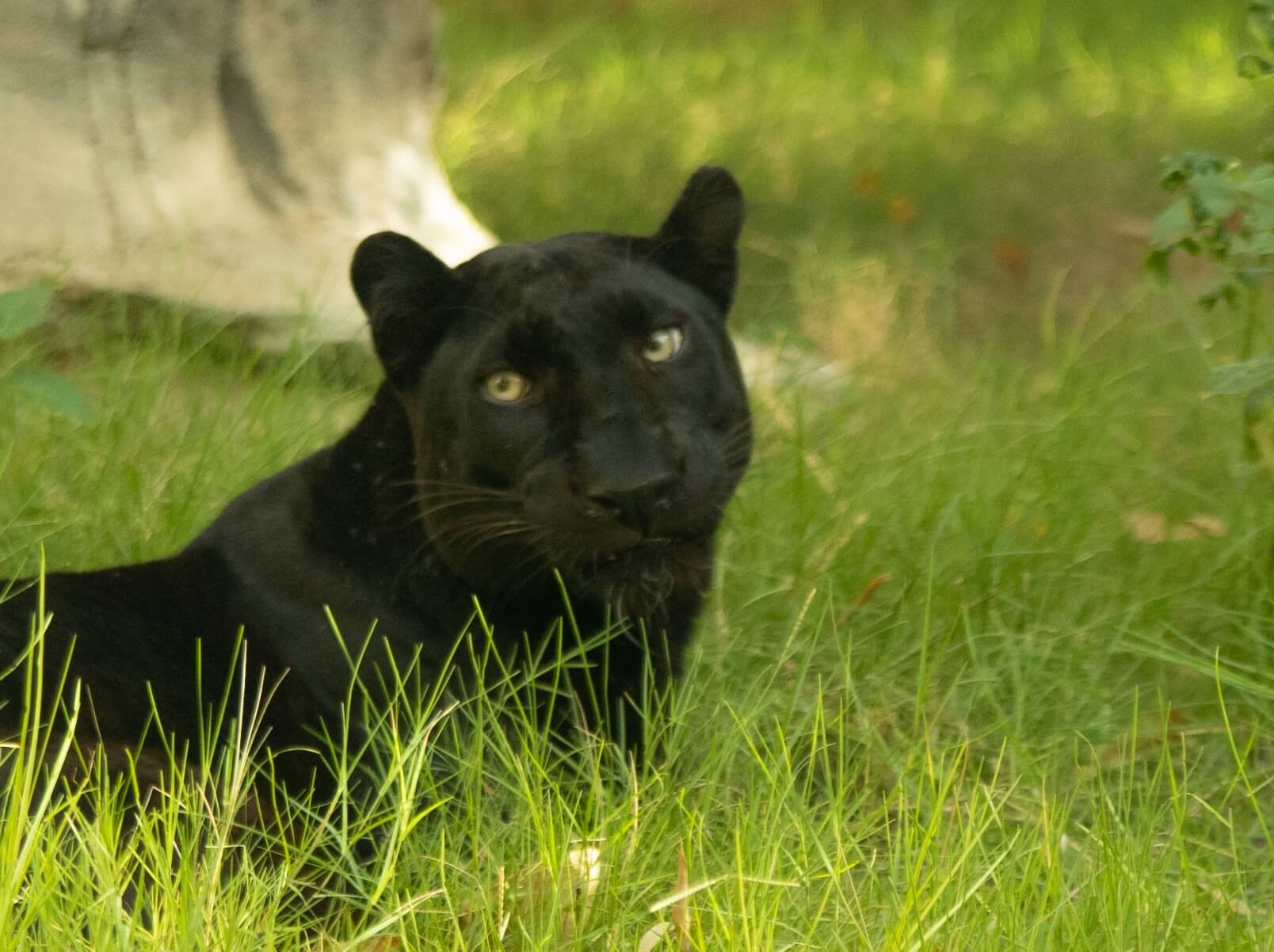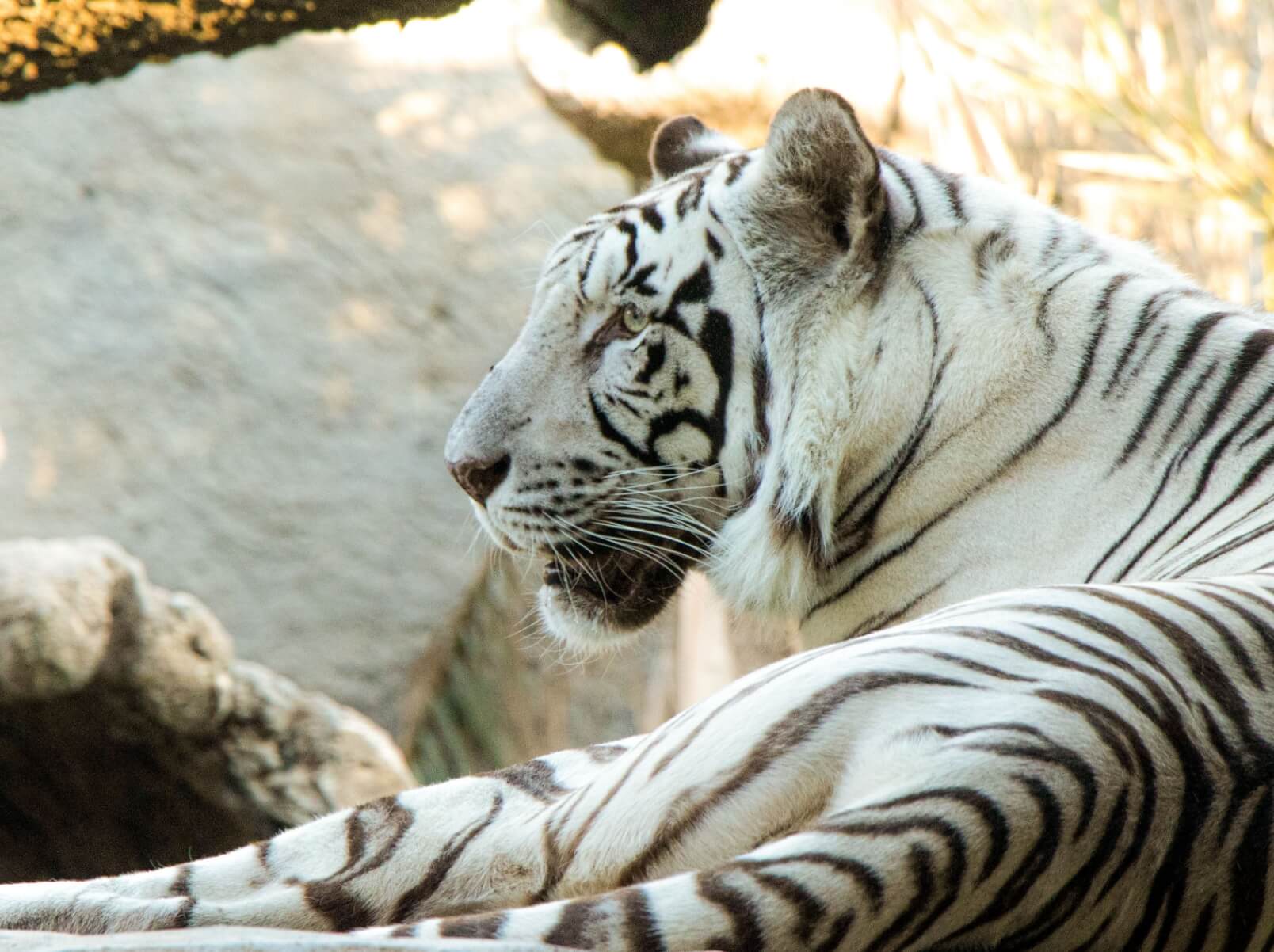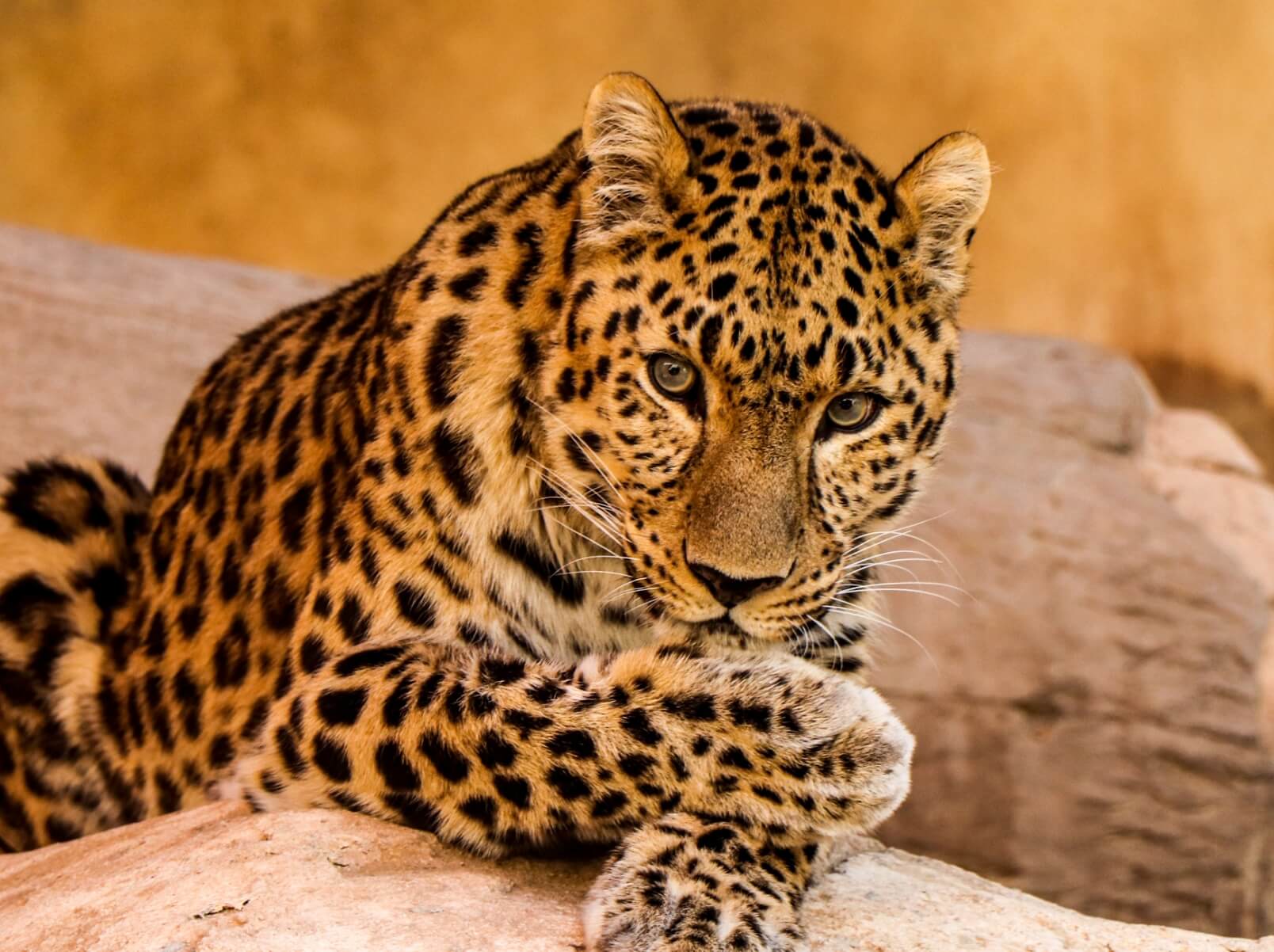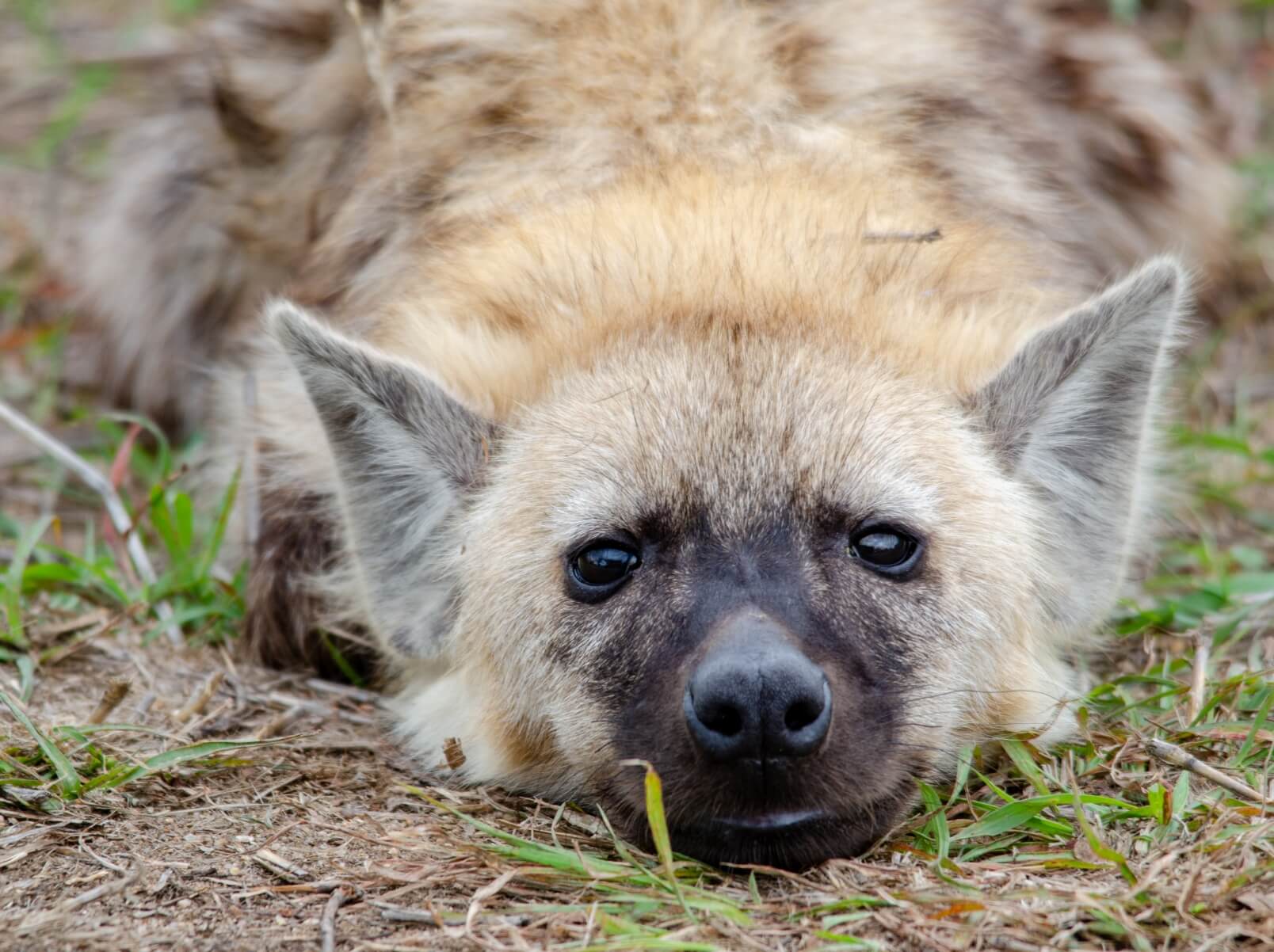Scientific name: Panthera tigris tigris
INTERESTING FACTS
The Amur Tiger is actually a subspecies of the Bengal Tiger. It is the largest subspecies, bigger than other Bengal Tigers. Males can weigh up to 310kg. These tigers tend to have less stripes then others and the stripes seem to be rather brownish.
Usually, tigers live solitary, but family groups occur from time to time.
CONSERVATION MESSAGE
Tigers are the top predators in their ecosystems and maintain the ecological balance. Their habitats overlap with watersheds that supply water to our cities. Tiger habitats include forests that capture carbon dioxide from the air and help fight climate change, and some, such as mangrove forests, protect coastal communities from the fury of storms.
The first Global Tiger Summit was held in 2010 — the last ‘Year of the Tiger’ — to plan urgent action to rescue tigers from the brink of extinction. There were only around 3,200 wild tigers left across the globe. Leaders from thirteen tiger range countries gathered with conservation experts and organisations and committed to doubling the wild tiger population by 2022. At the second Summit later this year, we will discover how close we are to achieving this goal and countries will further decide on the second phase of the Global Tiger Recovery Plan.
CONSERVATION STATUS
Endangered
LIFE SPAN
up to 26 years in the wild
NATIVE HABITAT
Grasslands, open woodlands, and brush habitat
DIET
Carnivore
HEIGHT
80 – 110 cm (At Shoulder)
WEIGHT
Females: 65 – 170 kg Males: 90 – 310 kg
LENGTH
Females: 2 – 2.8 m Males: 2.5 – 3.9 m
Related Animals
More Animals







